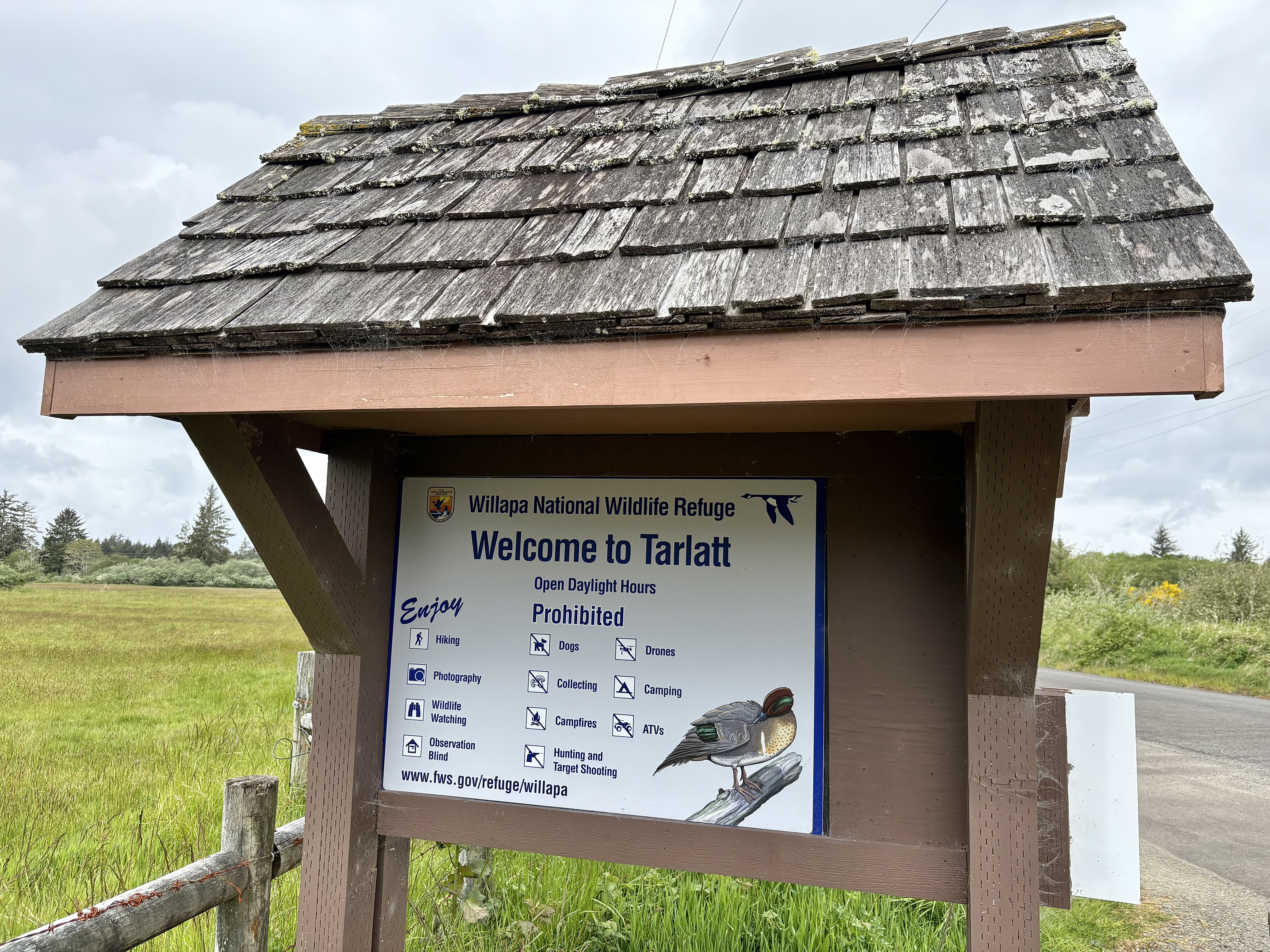Editorial: Maps show paths to tsunami survival
Published 9:35 am Thursday, November 2, 2023

- Part of Washington state’s evacuation map for the north peninsula area (the whole map is at tinyurl.com/OP-tsunami-walk-map) illustrates how quickly a nearshore tsunami will arrive and how getting away from the ocean provides more time, improving the odds of survival. Like most of the peninsula and also the accreted lands south of the Columbia River’s mouth, ancient dune crests (shown in gray) may provide the best safety, if people get to them in time.
No one can say for sure how the next Pacific Northwest subduction zone earthquake and nearshore tsunami will play out. Spending a little time with the latest hazard maps does, however, provide a decent idea of what lies ahead and how to survive.
Trending
There’s a handy link to Washington and Oregon tsunami inundation and evacuation maps at nvs.nanoos.org/TsunamiEvac. Walking maps from the Washington Geological Survey — some added last month — are graphically helpful and impart some lessons equally valid in both states. In other ways, Oregon is doing a better job getting ready for disaster — Clatsop County has well-prepared information at tinyurl.com/Clatsop-tsunami-prep — also freshly revised as of this October. Washington’s simulation videos — tinyurl.com/WA-tsunami-videos — are informative and frightening.
All this highlights discrepancies in how federal agencies, states and localities are getting ready for this inevitable catastrophe. It suggests the need to be personally proactive, as well as zealous in pressuring lawmakers for adequate arrangements.
“Someday — next week, next year, maybe next century — a sudden and deadly marine shock will strike the Northwest coast: what locals call the Big One, a circa 9.0-magnitude offshore earthquake generating tsunami surges reaching 60 feet high or more,” Politico reported earlier this year (tinyurl.com/Politico-tsunami). “Preparations for this threat have especially lagged in Washington, says state seismologist Harold Tobin, who chairs the University of Washington’s seismology and geohazards program and the Pacific Northwest Seismic Network: ‘Oregon, California and British Columbia have all taken it more seriously.’”
Trending
Politico’s article notes that even the usually adept U.S. Coast Guard could be caught flat-footed by a major Cascadia tsunami. Its report rings true. Locally, a half dozen years ago personnel at Cape Disappointment told visiting journalists that their plan was to scramble up to high ground and then eventually try to be as helpful to neighboring civilians as surviving resources might allow.
While we await investment in a system of evacuation towers every couple miles along the coast, scrambling for safety and making do as well as we can is the main plan for everyone here. The first and most critical task is surviving the initial cataclysm and the weeks that follow. It’s in this that maps and videos can help us plan and act. As the National Research Council observed in 2011, “The ability to survive a tsunami hinges on at-risk individuals having the knowledge and ability to make correct decisions and act quickly.”
‘The ability to survive a tsunami hinges on at-risk individuals having the knowledge and ability to make correct decisions and act quickly.’
National Research Council
As soon as they can after a major local earthquake, every map and simulation makes it clear that residents within a few blocks of the local seashore must immediately make their way to high ground — or at least farther inland. High water can be expected onshore within 15 minutes, but the encroaching tsunami may take two or three times longer to reach interior sites. Getting away from the shore substantially improves survival odds. Even so, it’s also crucial to plan ahead and to be aware of how wetlands and other obstructions could block some evacuation routes — water-saturated soils can be expected to liquefy in a major quake.
There will be no time to waste. Places located at greater distance from high ground or where the primary western dune has been breached — such as the main core of Long Beach — are as much as a 75-minute walk from safety. These places must be prioritized for vertical evacuation structures.
Simulations vividly illustrate the long duration of tsunami danger. Water swells inland, rushes out, and then comes in again — over and over. Flooded land areas won’t drain during the brief intermissions, although people in especially precarious positions might have opportunities to get to safer ground. But under no circumstances should anyone in a safe location go back into the inundation zone until officially informed that danger has passed — bearing in mind that earthquake aftershocks and additional tsunami ripples are likely.
Consulting maps ahead of time is how to identify designated assembly areas, where there will be the best chance to obtain food, shelter and medical supplies in the days and weeks that follow. Preparing and grabbing “go bags” containing essential personal items could enhance survival chances in the immediate aftermath.
Much of this was covered on World Tsunami Awareness Day this past Sunday, Nov. 5, and will be familiar to most long-term residents. We should not allow complacency or arrogance get in the way of prepping for this disaster that is 100% certain to occur anytime between now and centuries in the future. Well-informed awareness is our best path to avoiding excessive anxiety and literally charting paths to survival.
‘The ability to survive a tsunami hinges on at-risk individuals having the knowledge and ability to make correct decisions and act quickly.’ National Research Council









